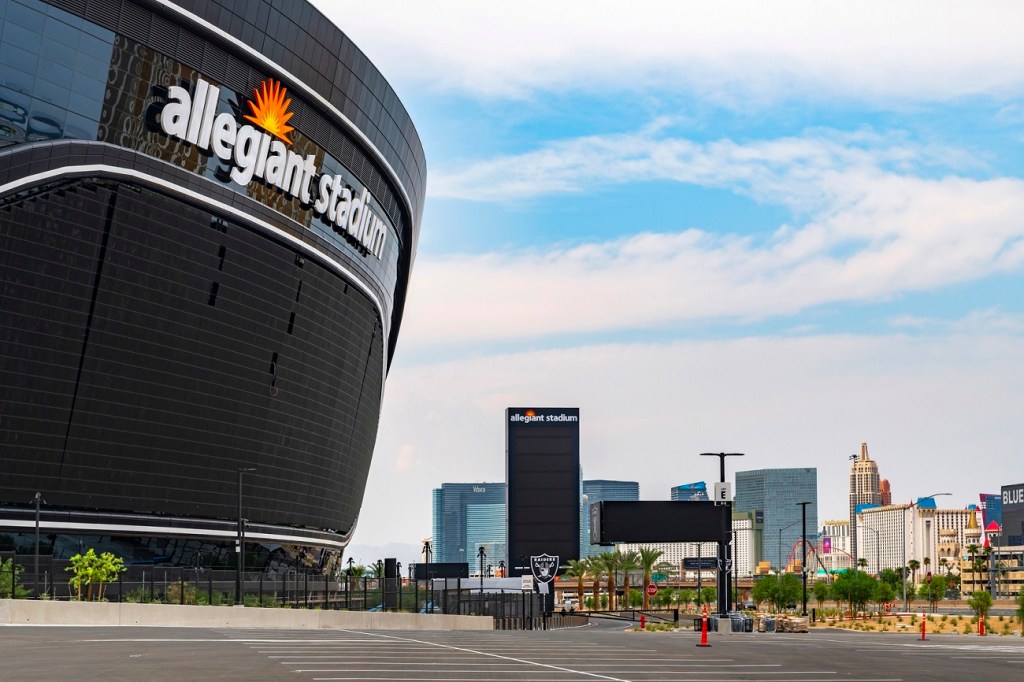As the dust settles on another captivating Super Bowl, much of the post game analysis is on the Chief’s overtime win, whether Taylor Swift was invited to the after party, and how many celebrities made an appearance in Usher’s nostalgic halftime show. It was a final for the ages.
However, the Super Bowl isn’t just about the sport, music and the celebrities. It’s also one of the biggest calendar moments for advertising each year – the Oscars for brands and marketers. Simply put, no other consumer event, let alone sporting event, attracts as many eyeballs to its advertorial and sponsorship deals, making a slot at the NFL extravaganza every marketer’s dream. But this level of consumer attention comes with a hefty price tag. We’re talking $7 million USD for a 30 second promo.
While an ad at the halftime show is often out of reach for most brands, the NFL event is a perfect case study showcasing impactful advertising and marketing lessons that retailers of all sizes can leverage to make an impact without breaking the bank.
The power of engagement
First and foremost, let’s talk about the value of engagement versus eyeballs. Sure, you can reach a ton of people with a paid ad online, but are they really paying attention? The Super Bowl audience is uniquely engaged, with minimal distractions. It’s a prime example of quality over quantity when it comes to capturing consumer attention.
For retailers, the first question of your brand or marketing strategy should be: what’s our audience’s version of the Super Bowl? Do they look to influencers on TikTok for inspiration? Are they spending their time watching TV or listening to the radio? Or do they care more about in person connection in your store?
Once you’ve discovered where your audience is spending their time, it then comes down to creating meaningful and immersive experiences that will engage them on those platforms. Just like the Super Bowl draws fans in with their half time show and celebrity endorsed adverts.
Cultural resonance is key
There’s also a lesson in and tapping into what’s hot at the moment. Take Verizon’s ad with Beyoncé as a prime example this year. The US telco’s 60 second clip was jam packed with cultural references ranging from a Barbie parody, Beyoncé’s own version of AI (BeyoncAI) and riffing off a presidential announcement, not to mention Queen B teasing a new album, creating what could be one of the biggest cultural moments of 2024.
It was a flurry of iconic moments. By tapping into pop culture and current trends, brands can strike a chord with consumers and spark conversations that extend far beyond the marketing campaign itself. Retailers should keep their finger on the pulse of cultural movements and leverage relevant themes to make their marketing efforts more relatable and impactful.

Longevity in content for maximum impact
However, creating a flash in the pan moment that disappears once the event is over, simply isn’t enough. You have to play before and after the game too. That means creating content that has longevity, a strategy that UberEats hit out of the park this year’s NFL final.
Playing on David and Victoria Beckham’s viral ‘be honest’ moment, the UberEats team created a cheeky teaser ad that enticed people to tune in for their upcoming game-day campaign. Using their own channels to push the clip in the run up to the event, the food delivery giant made sure they had engaged eyes on their big game day launch. That’s the kind of savvy move that gets people talking.
For retailers, the lesson is to think about ways you can bring your brand or marketing campaign to life before, during and after its activation whether it’s on social media, your website or in the press. By creating content with longevity and leveraging multiple touchpoints, brands can maximise their exposure and keep the buzz alive long after the final whistle.
Data should be your best friend
And of course, we can’t forget about data and brand metrics. Data should be every brand’s best friend, tracking results before, during, and after ‘the big event’.
A brand tracking tool can help marketing teams establish realistic key performance indicators (KPIs) to measure branding success. These metrics provide insights into the effectiveness of your marketing.
After running an ad campaign, for instance, you can use relevant short-term metrics (like conversion and click-through rate) to see how it performed. With brand research, you can use relevant long-term metrics (like brand awareness and consideration) to see the long-term impact of marketing activity, like an out-of-home campaign.
Having the right data in hand, means retailers can fine-tune their strategies to make sure they’re getting the best results by optimising messaging and ensuring that every marketing dollar is spent wisely.
So, whether you’re a big player or a scrappy startup, there’s plenty to learn from Super Bowl advertisers. It’s all about staying nimble, staying relevant, and most importantly, staying ahead of the game.
Mikayla Hopkins is head of marketing at Tracksuit.

